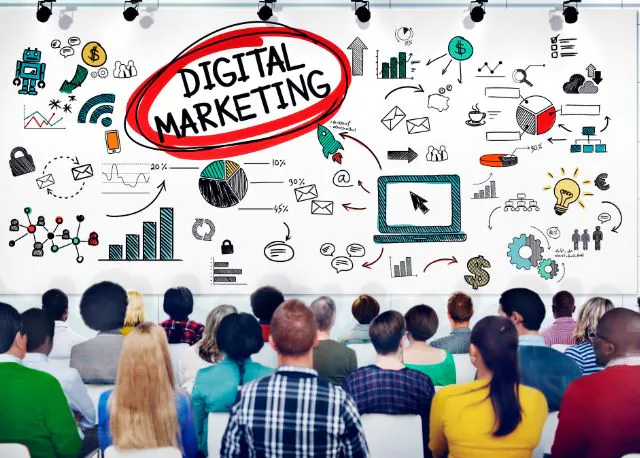Procurement in the pharmaceutical industry is evolving to address challenges like supply chain transparency and supplier performance. Key strategies include supply chain transparency and visibility, effective supplier relationship management, and sustainable sourcing. The COVID-19 pandemic has accelerated the need for digital transformation, with technologies like data analytics and e-procurement platforms enhancing decision-making and supply chain resilience.
Companies are focusing on spending visibility and control, category management, and supplier management to optimize costs and risks. Additionally, transparent procurement processes, such as open tenders, are being used to ensure quality and compliance. The industry is moving towards more strategic and collaborative procurement practices to improve efficiency and reduce costs while maintaining product quality and safety.
Steps in the Procurement Process in Pharma
The procurement process in the pharmaceutical industry involves several key steps, which can be adapted from general procurement processes and tailored to meet specific pharmaceutical needs.
Needs Recognition and Planning
Identify the need for pharmaceutical products, including reviewing drug selections and determining quantities required.
Requisition and Budget Approval
Create a purchase requisition and ensure budget availability. This step involves verifying the need and funding for the requested drugs.
Supplier Selection and Solicitation
Choose a procurement method (e.g., open tender, restricted tender) and invite suppliers to bid. Prequalification of suppliers may be necessary for restricted tenders.
Evaluation and Contracting
Evaluate bids based on quality, price, and delivery terms. Negotiate and finalize contracts with selected suppliers.
Order Management
Issue purchase orders and manage the delivery of pharmaceuticals. Ensure compliance with quality standards and regulatory requirements.
Invoice Approval and Payment
Conduct three-way matching (PO, invoice, goods received note) to verify order accuracy. Approve invoices and process payments.
Record Keeping and Monitoring
Maintain detailed records of all transactions for auditing and compliance purposes. Monitor consumption data to inform future procurement decisions.
Common Procurement Methods in the Pharma Industry
Open Tender
An open tender invites bids from all interested suppliers, promoting transparency and competition. This method often results in lower prices due to a large number of bidders. However, evaluating numerous bids can be time-consuming, and quality may vary among suppliers.
Restricted Tender
A restricted tender limits participation to prequalified suppliers, ensuring better quality assurance. This method streamlines the evaluation process but may lead to higher prices due to limited competition. Suppliers must meet specific criteria, such as Good Manufacturing Practices (GMP).
Competitive Negotiations
Competitive negotiations involve approaching a few suppliers for price quotations. This method offers flexibility and speed but lacks transparency and may result in higher costs due to limited competition. It is often used in private sectors for specific needs.
Direct Procurement
Direct procurement involves purchasing from a single supplier without competitive bidding. This method is quick and simple but typically results in higher prices due to the absence of competition. It is often used in emergency situations or for single-source products.
Challenges in the Procurement Process in Pharma
Innovative Strategies for Pharmaceutical Procurement
Digital Transformation
Digital transformation in pharma procurement leverages technologies like RPA and AI to automate tasks, enhance transparency, and reduce errors. This approach streamlines processes, improves efficiency, and reduces operational costs, allowing for better resource allocation and decision-making.
Strategic Partnerships
Strategic partnerships involve collaborative relationships with suppliers, fostering innovation and improving supply chain resilience. Early engagement in product development enhances trust and communication, leading to better risk management and cost optimization through joint problem-solving and supply chain optimization.
Data-Driven Decision Making
Data-driven decision making uses advanced analytics to provide predictive insights into demand and supplier performance. This approach optimizes inventory management, reduces waste, and enhances supplier reliability, ensuring better supply chain management and strategic procurement decisions.
Blockchain Technology
Blockchain technology ensures product authenticity and supply chain transparency by tracking pharmaceuticals from production to delivery. It offers tamper-proof records, reduces counterfeiting risks, and enhances regulatory compliance, providing end-to-end visibility and improving supply chain resilience.
Sustainable Sourcing
Sustainable sourcing prioritizes environmentally responsible suppliers, aligning with corporate sustainability goals. This approach mitigates environmental risks, enhances brand reputation, and ensures compliance with social and environmental standards, contributing to a more sustainable supply chain.
Conclusion
The pharmaceutical procurement process is constantly changing to address challenges like supply chain transparency and supplier performance. Strategies such as digital transformation, strategic partnerships, and sustainable sourcing are being adopted to enhance efficiency and reduce costs. Open tenders and restricted tenders ensure quality and compliance, while data analytics and blockchain technology improve decision-making and supply chain resilience. These innovations help maintain product quality and safety while optimizing procurement processes.
Frequently asked questions
Recent Posts

Procurement Analysis – The Costs You Can Save
June 19, 2025Procurement is much more than just a purchase function. Procurement is a process of finding, negotiating prices and t...
Read More

Significance of Sourcing Strategies for Textile Companies
June 17, 2025The textile industry is at a pivotal moment. Traditionally defined by intense competition and rapid product cycles, t...
Read More

How Transportation Procurement Services Drive Supply Chain Efficiency and Strategic Value
June 17, 2025Optimizing business operations through efficient product supply and delivery has become more complex than ever. At th...
Read More

